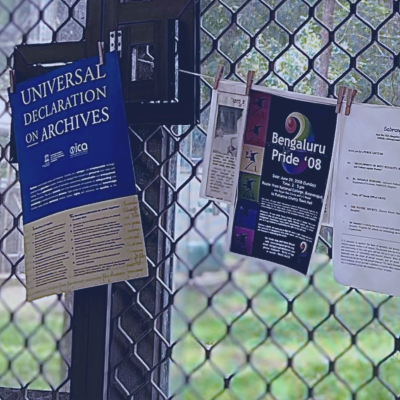
NPP/FAN Virtual Seminar Series – Archives and Social Justice
Join us and hear from our international community of students and new professionals at the NPP/FAN Virtual Seminar Series covering Archives and Technology, Archives and Social Justice, and Archives and Education, Training and Research.